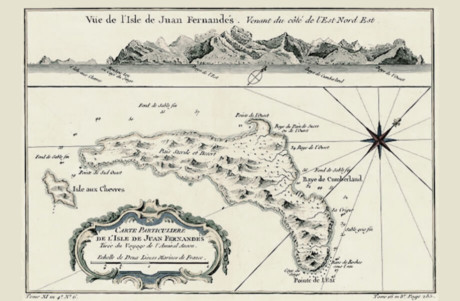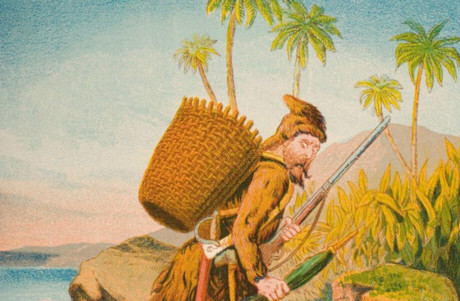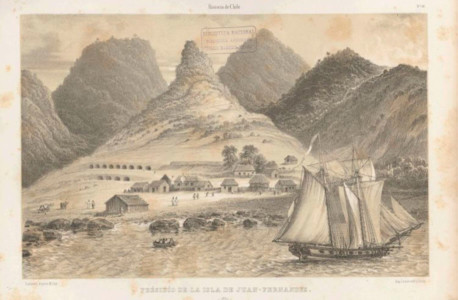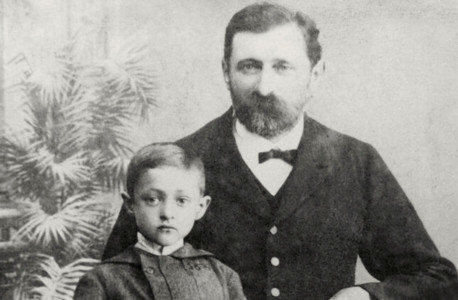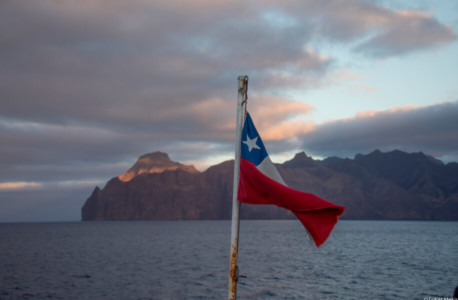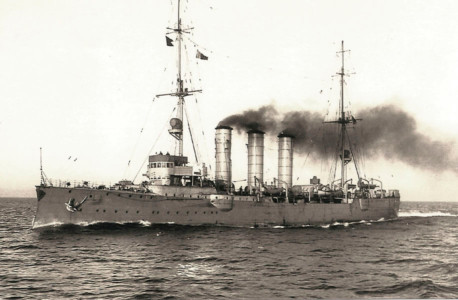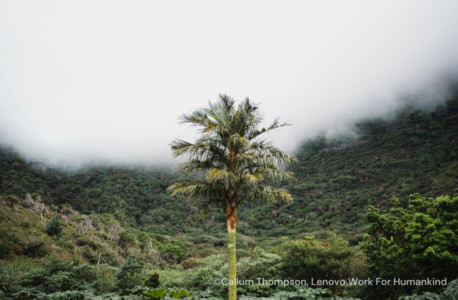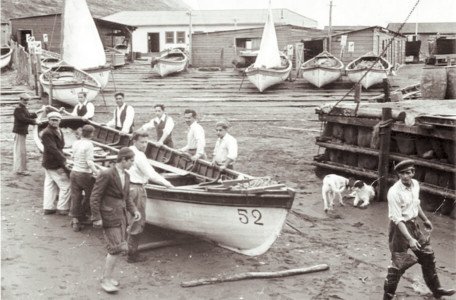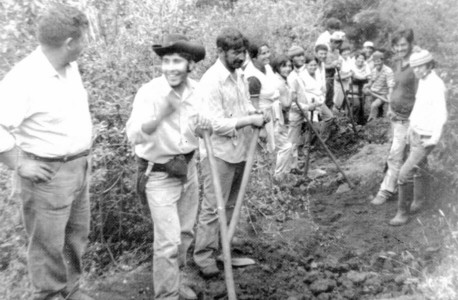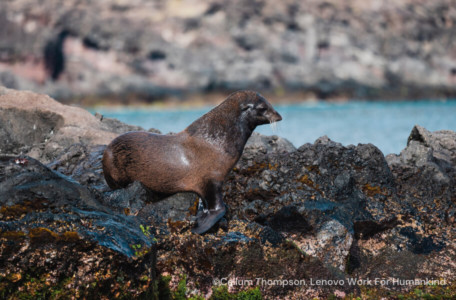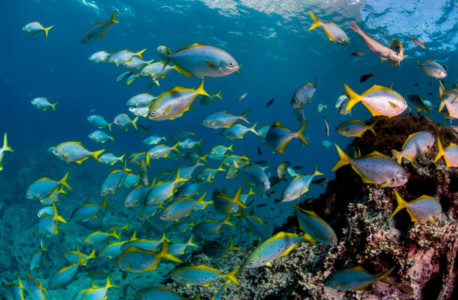Discovered in 1574, these islands were visited by corsairs and pirates, serving as a prison for Chilean independence patriots in the 19th Century, and were the settings of one of the most famous novels of our time.
Today they are home to a population of over 1000 people, who live mainly from lobster fishing and tourism, and are consecrated as a model of sustainability.


